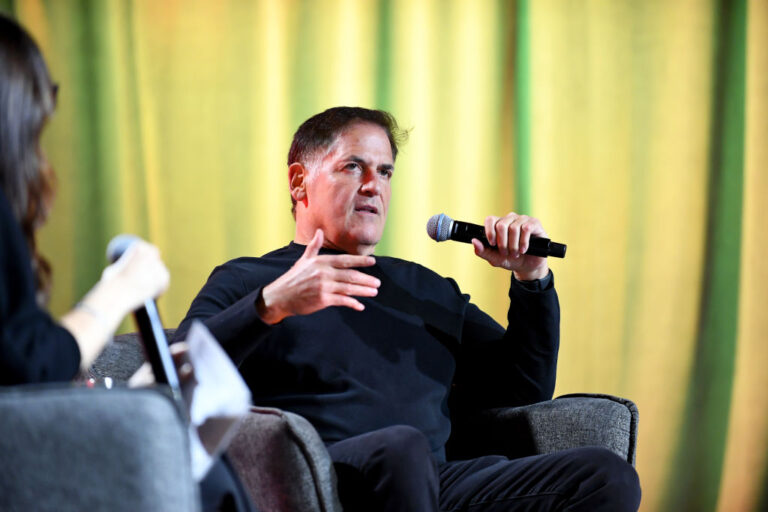
Your browser does not support the <audio> element.
If there is one thing anyone with a job and a pulse needs to learn, it is how to lead. That, at least, is the message from the tsunami of books, courses, videos and podcasts on the topic. Business schools offer all kinds of leadership training. Authors pump out books instructing you to eat last, be daring and take leaps—which risks stomach ache if nothing else. Gurus tell you how to lead without actually being a leader; you might be on the reception desk, but you’re really in charge.
Missing in all this is an inconvenient fact. Most people in the workforce are not leaders and pretty much everyone reports to someone else. The most useful skill to have in your current job may well be how to be a good follower.
That leaders depend on followers might seem blindingly obvious, but the way that people lower down the ladder interact with those above them gets much less attention than the reverse. A corner of the management literature is devoted to “followership”, but it remains small, for several reasons. The first is that you don’t need any advice to achieve the position of follower; you will never be more of one than on the very first day of your very first job.
The second reason is that, although some people have little desire to be in a position of authority, very few aspire to follow. The word itself conjures up a self-abnegating passivity, more ovine than human, more bleater than leader. In an experiment conducted by Colette Hoption of Seattle University and her co-authors, people who were randomly assigned to the role of followers felt unhappier and were less willing to do work at the weekends and early in the morning than those given the label of leaders. Plenty of companies encourage even their lowliest employees to show initiative at work, but almost none use the language of being a “good follower”. “We behave like owners,” is how Moderna, a biotech company, urges staff to see themselves as more than cogs in a machine. NerdWallet, a consumer-finance firm, also counts ownership as one of its values.
The third reason why the art of following gets little attention is that most subordinates have much less agency than the people above them. There is often no choice in whom you report to: senior people are appointed by even more senior people, not given their positions by acclamation. Leaders, not followers, set the tone: even if bosses are not old-school command-and-control types, they mould how everyone beneath them behaves. The language of rank and responsibility is hard to avoid; the most independent-minded people will still sometimes shrug and say “That’s above my pay grade.”
If such things explain why leadership hogs the limelight, the behaviour of followers is still crucial. Hierarchies can be more fluid than they sometimes look: as teams form and dissolve, you may be running a project one month and contributing the next. Things generally go better when people at every level are engaged in their work and prepared to take on responsibility. And everyone has some agency, even if they exercise it only to take or ignore a call from the boss.
Proactivity is a big part of being an effective follower. One of the fathers of the field, Robert Kelley, has usefully identified five styles of followership: sheep, who are wholly passive; yes-people, who enthusiastically do what the boss wants but never think for themselves; alienated followers, who can think for themselves but mainly to explain why the organisation is being stupid; pragmatists, who get on board with things but rarely initiate changes; and stars, who think for themselves and have bags of positivity and energy as well as a willingness to offer constructive criticism. (Star followers, in other words, behave like leaders in waiting.)
Which bucket of follower people fall into will undoubtedly depend on their boss: plenty of leaders like the idea of being challenged and then, when confronted with it in practice, find that they prefer craven submissiveness. It may depend, too, on the purpose of their organisation and how motivated they are to help it succeed. But it will also depend on them: on whether they raise a discomforting point or stay in their lane; on whether they ingratiate themselves with their managers or challenge them; on whether they see their boss as someone to support or moan about. As the British Army, a rare example of an organisation that has an explicit doctrine of followership, puts it, “To follow effectively…is a choice.” It is a choice that all the ink spilled on leadership easily blots out.■



















